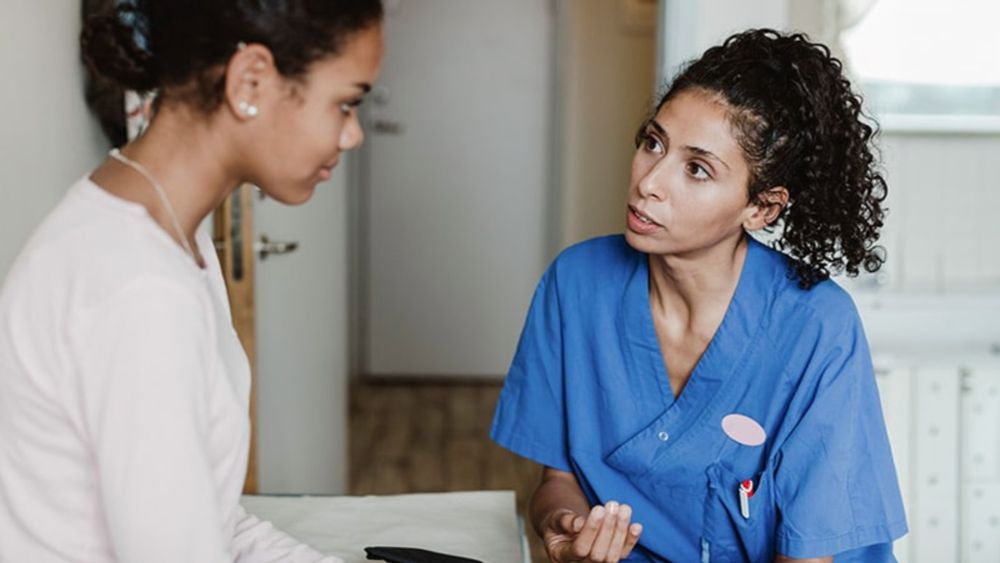Stanford Medicine 25
@stanfordmed25.bsky.social
20 followers
1 following
37 posts
Stanford Medicine 25 is dedicated to teaching and promoting bedside exam skills to medical students, residents and healthcare professionals both in person and online.
Learn more: https://stanfordmedicine25.stanford.edu/
Posts
Media
Videos
Starter Packs




















